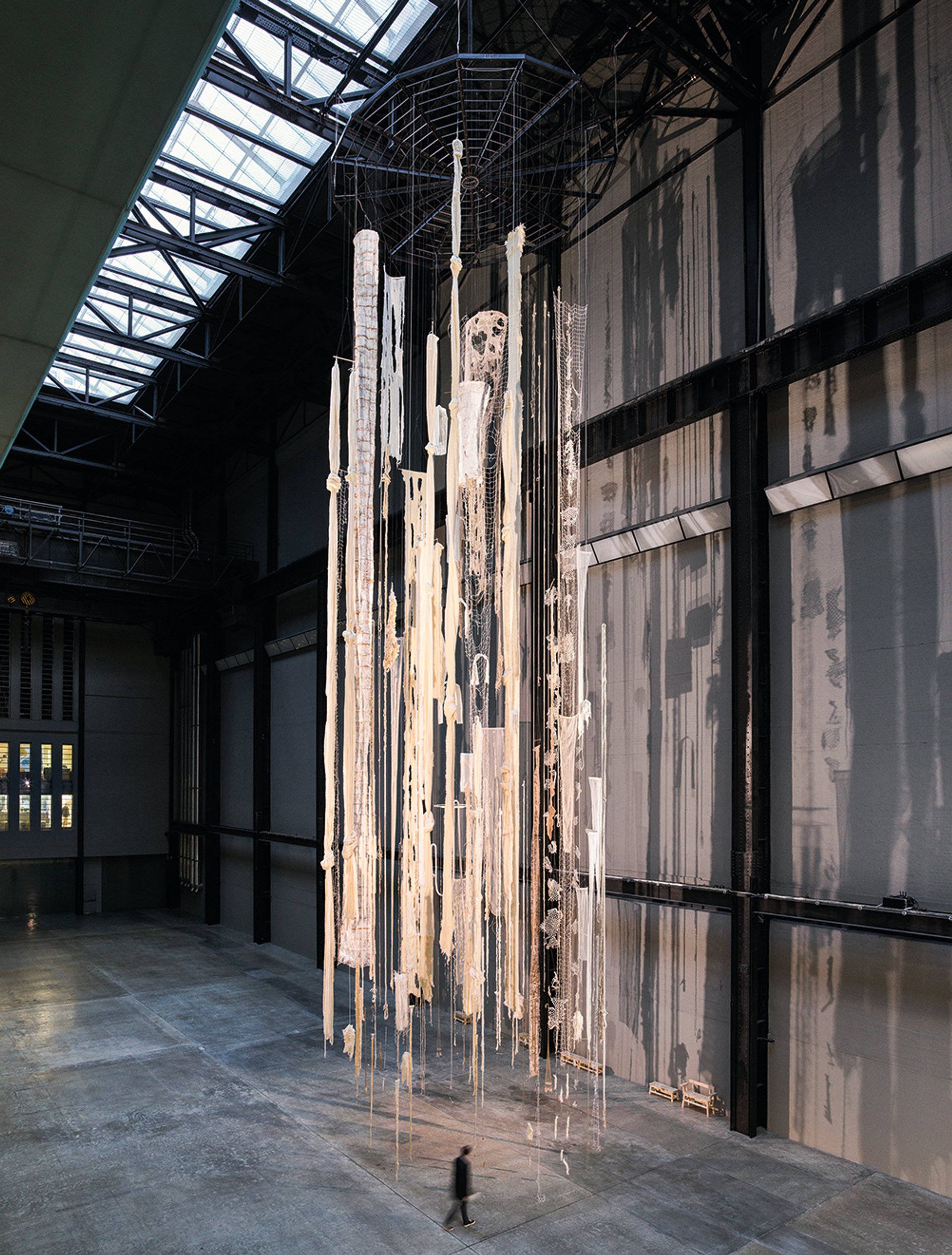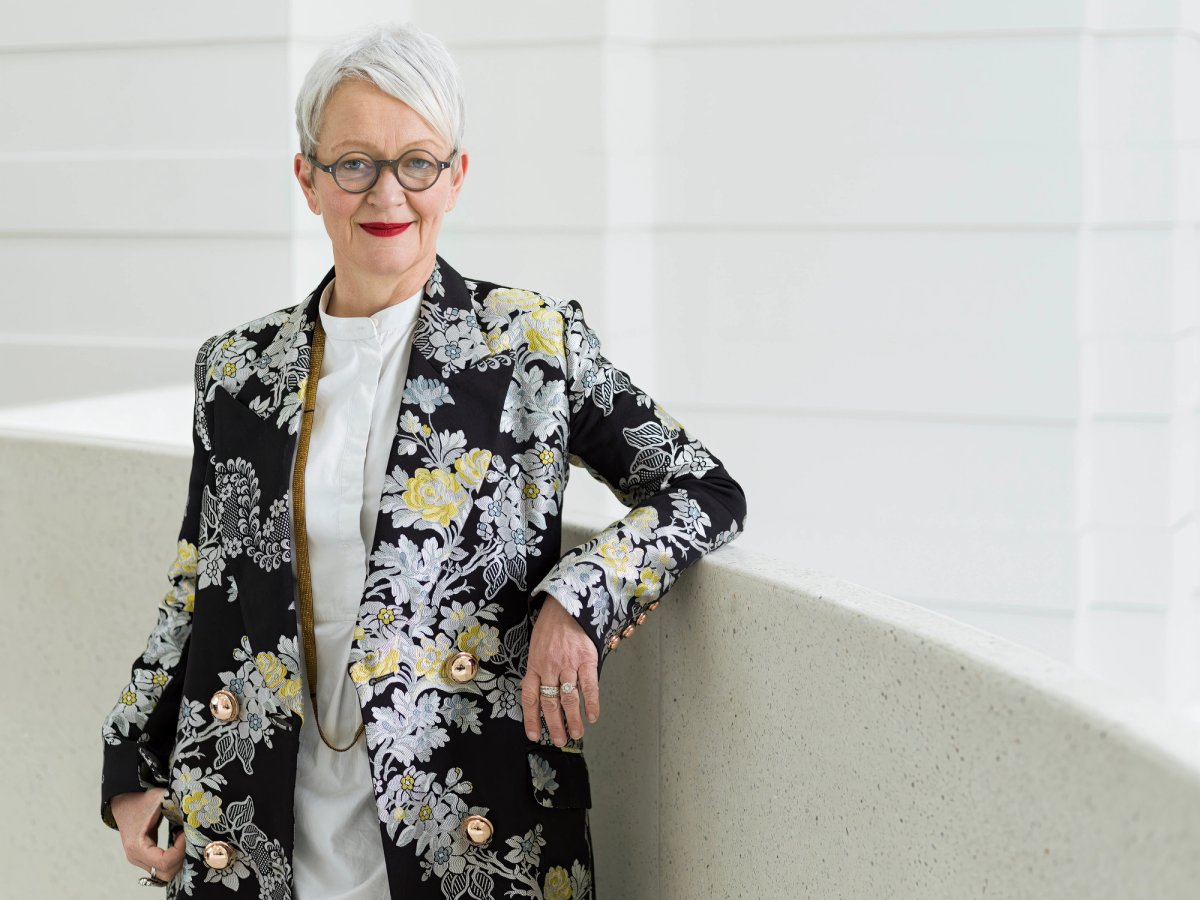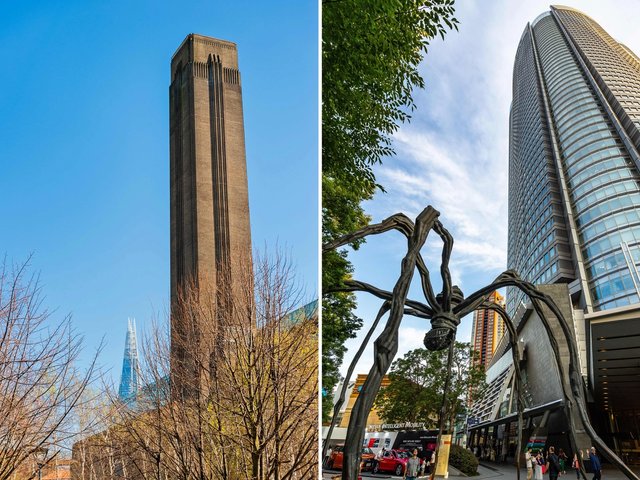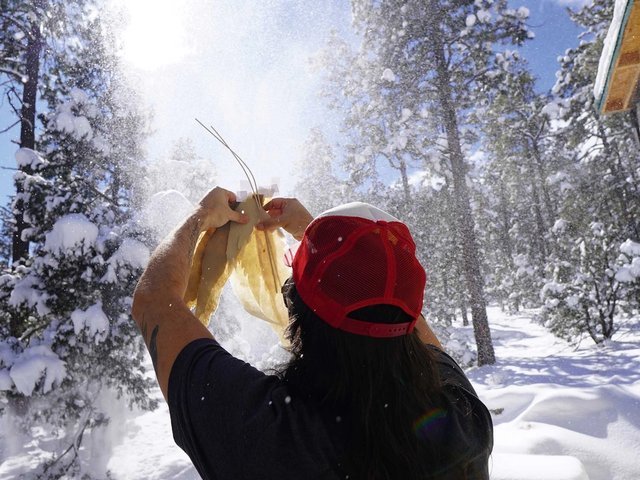Of all the world’s leading art institutions, the Tate has been an early pioneer in promoting environmental awareness and sustainability. In July 2019 Tates Modern, Britain, Liverpool and St Ives formally declared a climate and ecological emergency, and, as early as 2008, the then Tate director, Nicholas Serota, delivered a paper to the Bizot Group of gallery directors advocating more guidelines for environmental control in galleries. Now, with Tate Modern celebrating its 25th anniversary this year, Maria Balshaw, the director of the Tate, discusses the measures that she and her colleagues in the museum sector are taking in order to leave a lighter footprint on the planet.
The Art Newspaper: From your perspective as director of one of the world’s most prominent art institutions, do you see more of a concerted effort among your peers to address the climate and environmental crisis?
Maria Balshaw: Attitudes have shifted much faster over the last three to five years, and I’m seeing a lot more institutions actively encouraging change in behaviour, change in modes of operations, and sharing the research so that people can make these changes with confidence. At the end of last year I was in Paris for a meeting of the Bizot Group of 53 international museum directors and one of our main agenda items was to review the progress of the Bizot Green Protocol. This protocol consists of research-based guiding principles relating to climate control, transport and long-term collection care that we refreshed and updated in September 2023. During the Paris meeting Laurence des Cars, the director of the Louvre [in Paris], made a public commitment to adhere to these principles to reduce carbon consumption and environmental impact. That’s a really big shift for an institution as large as the Louvre, to be publicly advocating for improving practice and promoting sustainable action.
Where can this most recent version of the Bizot Green Protocol be accessed?
The Bizot group is a loose collaborative organisation and doesn’t have its own website or secretariat, so its Green Protocol is posted on a number of museum organisation websites. These include International Committee for Museums and Collections of Modern Art (CIMAM); the UK’s National Museum Directors’ Council (NMDC); the Network of European Museum Organisations (NEMO) and others. This protocol has been available since 2023, but in Paris we wanted to make a second push, which basically stated that policy and protocols are all very well, but what about implementation? Who is actually putting these protocols into action?

Ru k’ox k’ob’el jun ojer etemab’el (The Echo of an Ancient Form of Knowledge) (2021), by Edgar Calel, which Balshaw says is a “beautiful expression of sculpture and its relationship to material culture and cultural histories”
Tate
Which institutions are leading the field in this respect?
One example is the Getty Conservation Institute [in Los Angeles], who have been very generous in sharing with colleagues their groundbreaking research into more sustainable ways of caring for artworks, such as protecting individual objects or groups of objects through managed microclimates so you now don’t necessarily have to air-condition a whole room. I would also point to MoMA [Museum of Modern Art] in New York and the Art Institute of Chicago, both of whom have been strong advocates for changing how we ship objects. The Art Institute of Chicago switched to virtual couriering during the pandemic and has adopted it as their default mode as a much more safe, effective and environmentally sound way of allowing objects to move. So, wherever possible, objects are now remotely tracked in their crates (which are also sustainably constructed) rather than sending people with them. M+ in Hong Kong, the National Gallery of Art in Washington, DC, the Art Gallery of Ontario in Toronto are all institutions with large buildings and large collections who are also taking sustainability into account, as is Adriano Pedrosa, artistic director of São Paulo Museum of Art. Overall a lot more people are now sharing the Bizot Protocol across their countries—for example, Mami Kataoka, who runs the Mori [Art] Museum is now sharing the protocol with all the other Japanese Museums.
The Tate has also been a trailblazer in promoting sustainability—is there any particular action you are especially proud of?
Tate Modern itself is a story about reuse and rethinking around sustainability. It was a fossil-fuel power station and a huge piece of embodied concrete and brick that needed a future use, otherwise all of the energy that went into creating would have been wasted. Building on these beginnings, Tate has for a long time been campaigning around awareness of our environmental impact. Right now, at the bottom of the Tate Modern escalators is a big panel just telling visitors in very ordinary language, all the things that we do every day to sit in the world as lightly as we can. So for example the toilets are flushed with rainwater that comes off the building, we use low-energy lights all the way through the gallery, and we’re using electricity through the night that comes from our own solar panels and off the green grid to make the escalators move. And these escalators only move when people are on them. All of this is just standard now at Tate. So I’m very proud of the ordinary work that we do every day to reduce our impact as much as we can—but there’s always more to be done.
What more do you feel could be done across the museum sector?
There needs to be capital infrastructure investment in the museum ecology to allow changes to buildings that would make them less carbon-hungry. In the UK as well as much of Europe and North America, most of our museums are in 19th-century buildings. We should be making these buildings function as well as they can. We all need to move broadly to passive-house principles, to have buildings sealed and protected so that they don’t heat or cool too rapidly and are therefore much less energy intensive. It’s very difficult to do this in a listed 1850s building unless you have some capital investment. Certainly in the UK I’d like to see a policy shift so that building maintenance is tied in to environmental improvement.
Who are your environmental heroes?
I’d choose Mary Robinson, the former president of Ireland, who is one of the global elders and has especially in the last decade committed herself to addressing the climate and nature emergency. Broadly her thesis is about the importance of instilling hope, because it’s very hard for people to be motivated if they’re terrified. She wasn’t dismissing the fears and the terror of younger generations, but she says that, as an elder, I have to hold out hope. Thinking about how the older generations can assist in the future for the younger generations I find very inspiring.

Cecilia Vicuña’s 2022 installation at Tate Modern, Brain Forest Quipu, “embodied in its form a process of community-building and awareness-raising”
Tate/Matt Greenwood
Are there any particular artists you admire in this sphere?
For me, Edgar Calel is a brilliant and inspiring artist. He’s a Maya Kaqchikel artist from Guatemala. His work is a concept, there is ceremony and performance attached to it and it is always made in a local context so the elements don’t have to move or be preserved. When it was shown in London he used fruit, and in Liverpool it was largely vegetables bought from the local market, and the rocks that the fruit or vegetables sit on can be rocks from where the work is being shown. And he’s not particular about what they look like, they just need to be a bit mossy. His work speaks to me as a unique and beautiful expression of sculpture and its relationship to material culture and cultural histories. It makes you think about the passage of time: the fruits rot and it starts to smell, but it’s aesthetically a carefully and beautifully realised whole-room sculptural piece, with the lightest of touch. And most importantly it asks that museums completely change their practices. We don’t own it, we’re just the custodians. We’re operating according to the rules of Kaqchikel community and in this cultural exchange you can’t have conservators freaking out that there’s rotting fruit and that they’re burning sage in the galleries. I like artists to force us to think again about how we do things and how we live in the world. We need this cultural shift.
What exhibitions have made you think about the need to appreciate and protect the natural world?
It’s quite complicated because, until fairly recently, many exhibitions that were raising environmental awareness were quite didactic and either telling you what to do or being a bit preachy and worthy, neither of which is particularly interesting as an exhibition experience. I really enjoyed and learned from Cecilia Vicuña’s [2022 Tate Modern] Turbine Hall installation [Brain Forest Quipu], which embodied in its form a process of community-building and awareness-raising towards living differently and living more in line with nature. I’ve still got a skein of undyed sheep’s wool which she gave to me as a keepsake and reminder of our relationship to natural materials and the earth and the environment that can help us to understand how we can change and adapt.
Building on the Tate’s excellent environmental track record, what are your plans for the future?
In 2026 the whole of the front of Tate Britain is being transformed into an urban garden. We are working to create a garden that will have art in it but will also be a model for an urban, sustainable gardening practice. It will increase biodiversity in terms of insect life and we’re working with the Royal Horticultural Society for the right plants, because London is so much hotter than it used to be in the summer and so much wetter in the winter. We have got to adapt the way that we develop green spaces. So that will be a huge environmental statement. Then in Tate Liverpool the transformation of its 19th-century warehouse building [which reopens in 2026] has got all of the technologies that are now available for us built into the refurbishment plans, including water-sourced heating and cooling, drawing the water from the Mersey River. We aim for the refurbished Tate Liverpool to be a beacon of museum sustainability.
What do you feel about the recent spate of new museum building? Isn’t this about the most unsustainable thing institutions can do?
The idea that we should never build any more museums I don’t think is correct, because museums are unevenly distributed across the world. I am absolutely welcoming the building of the Museum of West African Art in Nigeria. It is long overdue and is being built using sustainable principles. In the Gulf states, where financial resources are not an issue, I would hope and expect that the buildings themselves will be created in the most sustainable way. I was just talking to an architectural colleague about hempcrete and jesmonite, which are both entirely recyclable materials that are strong and waterproof and can go back into the production cycle. As our Bizot Group research bears out, museums now have the evidence base to run and to operate in sustainable ways. Let’s use those principles as our underpinning for any future new developments that we make. Humans are ingenious, and we need to be creative towards solving these big problems.





